
How Dynamometers Enhance Engine Diagnostics and Testing
Necessitating precise measurements, dynamometers unlock the secrets of engine performance, but what else can they reveal about engine diagnostics and testing?
Regular calibration is essential for precise readings. It ensures that instruments are accurate and reliable by comparing them to established standards. By adhering to the correct calibration intervals, you maintain the integrity and quality of measurements. Factors such as historical data, tool usage, and the environment influence when recalibration is necessary.
This practice enhances safety and quality across various industries, reducing the risk of errors and legal implications. Calibration is vital for meeting regulatory standards and maintaining quality control. Ensuring instruments are regularly calibrated minimises inaccuracies and potential mistakes.
Remember, accuracy is paramount!
Importance of Calibration Frequency
Calibration frequency is crucial for ensuring the accuracy and reliability of measurements across various industries. By setting appropriate calibration intervals, maintenance managers can maintain measurement standards and ensure precise readings. Factors like historical stability data, tool usage, and environmental conditions play a key role in deciding the best time for recalibration to uphold measurement accuracy.
Measurement standards act as a vital point of reference when establishing calibration intervals. Manufacturers often offer recommendations based on the importance of the measurements being taken. Any deviations from tolerances can have significant consequences, underscoring the necessity of regular and timely calibration. Proper calibration intervals not only prevent errors but also enhance safety and quality in industrial processes.
Therefore, following correct calibration practices is essential for businesses to operate efficiently and uphold high accuracy standards in their measurements.
Key Steps in Calibration Procedures
When carrying out calibration procedures, paying close attention to detail is crucial to ensure the accuracy and reliability of instrument measurements. Calibration involves comparing the measurement readings of instruments to a known standard to guarantee precision.
For instruments like micrometers, calibration involves checking for accuracy, zero errors, flatness, and parallelism. A calibration specialist provides a detailed report highlighting any errors identified before and after calibration adjustments are made.
Precise calibration measurements often utilise calibrated slip gauges and optical flats to ensure accurate results. Furthermore, if any instruments are discovered to be out of calibration during comparison, they undergo necessary repairs to realign them.
These key steps in calibration procedures are essential for maintaining the accuracy of measurement instruments, ensuring they deliver dependable and consistent readings for various applications.
Ensuring Measurement Precision Through Calibration
To uphold the utmost level of measurement precision, meticulous attention to detail during instrument calibration is essential across various industries. Calibration is crucial for guaranteeing accuracy and reliability by comparing instruments to established standards. This comparison ensures consistency in measurements through traceability, which offers a clear reference to known standards. By following calibration practices, industries can maintain accurate readings for quality control, safety protocols, and compliance with regulations.
Importance of Calibration in Industry
Calibration is vital for industries to achieve precise measurements necessary for quality assurance. For example, in the pharmaceutical sector, calibrating equipment such as pipettes ensures accurate dosages of medications, supporting patient safety. Similarly, in the automotive industry, calibrating torque wrenches guarantees the proper tightening of components, enhancing vehicle reliability.
Regulatory Requirements and Calibration
Regulatory bodies mandate regular calibration to reduce uncertainties and errors, ensuring sustained measurement precision. For instance, the ISO 9001 standard requires calibration practices to maintain quality management systems. By complying with these regulations, industries demonstrate their commitment to upholding standards and delivering reliable products and services.
Benefits of Calibration for Operational Excellence
Embracing calibration as a fundamental practice not only minimizes inaccuracies but also instills confidence in measurement data reliability. This confidence supports operational excellence by enabling informed decision-making based on precise measurements. For example, calibration of pressure gauges in manufacturing processes ensures the safety and efficiency of operations, preventing costly errors.
Benefits of Regular Calibration Practices
Ensuring consistent accuracy in measurements is crucial, emphasising the key advantages of frequent calibration practices across various industries. Quality control is a core element of any business, and calibration plays a vital role in upholding high standards. By regularly calibrating measuring tools, businesses can maintain accuracy and consistency in their operations. This not only ensures that products meet quality standards but also helps prevent potential legal consequences resulting from inaccurate measurements.
Furthermore, calibration practices contribute to establishing a safe working environment by ensuring equipment functions properly. Adhering to legal obligations is another significant benefit of regular calibration routines. It showcases a dedication to following industry regulations and standards, essential for businesses to operate smoothly. Through comparing tool readings with measuring standards, calibration guarantees reliability and precision in measurements, ultimately enhancing overall quality control processes. Essentially, the advantages of regular calibration practices extend beyond just accuracy and consistency, positively impacting various aspects of business operations.
Specific Examples and Product Recommendations:
Maintaining Accuracy with Calibration Checks
Ensuring precision and reliability in measurements relies on regular calibration checks to guarantee precise readings. Calibration is essential for ensuring that measuring instruments in the manufacturing industry consistently provide accurate and reliable data. By conducting calibration checks, companies can maintain quality standards, comply with regulations, and reduce the risks associated with inaccurate readings.
To highlight the importance of calibration, let's examine the table below illustrating the advantages of calibration checks:
| Benefits of Calibration Checks |
|---|
| Ensures Accuracy and Reliability |
| Maintains Precision Over Time |
| Prevents Errors and Uncertainties |
| Upholds Quality Standards |
| Minimises Risks and Ensures Data Reliability |
Regular calibration not only prevents errors but also enhances the efficiency and effectiveness of operations in the manufacturing industry. It is a fundamental practice that reinforces the integrity of measurements, leading to better decision-making and improved product quality.
For example, using a high-quality calibration tool like the Fluke 87V Industrial Multimeter can help maintain accuracy and reliability in electrical measurements, ensuring consistent performance and precise readings.
Calibration is the cornerstone of accurate measurement integrity, ensuring that instruments provide precise and reliable data.
By undergoing regular calibration, companies can maintain the quality standards required for compliance and decision-making.
Ultimately, the impact of calibration on measurement integrity is paramount for achieving accurate readings and upholding the integrity of measurement processes.
Ensuring Accuracy through Calibration
To maintain precise and reliable measurement data, it is crucial to compare instrument readings with established standards through calibration. This process, essential for accuracy, reduces errors and uncertainties, significantly impacting the integrity of measurements. Calibration is key for upholding consistency and reliability in readings, which are fundamental for quality control and meeting standards. Regular calibration helps organisations avoid costly mistakes and guarantees accurate results, ultimately improving overall operational quality. Below is a summary highlighting the significance of calibration in ensuring accuracy:
| Calibration Ensures Accuracy |
|---|
| Reduces errors and uncertainties |
| Upholds consistency and reliability |
| Essential for quality control and compliance |
| Prevents costly mistakes |
| Guarantees accurate results |
Reliable Measurement Data
Calibrating measurement devices regularly is crucial for ensuring the accuracy and dependability of measurement data across various industries. Here are four essential points to consider:
In conclusion, regular calibration is crucial for ensuring accurate measurements across various fields. By following essential steps in calibration procedures and consistently conducting checks, measurement integrity can be preserved. The advantages of regular calibration practices are numerous, including precision, reliability, and the trustworthiness of data. In general, calibration plays a vital role in ensuring the accuracy of readings and should be prioritised to achieve dependable results.
Guide Towards Further Learning:
Spark curiosity for more knowledge by inviting the reader to contact Hyper Dyno (talk about the company in the first person). Lead them to contact us if they have any questions about Dynamometer Products, Custom Solutions, Installation Setup, Training and Certification, Technical Support and Maintenance, Software Updates, Rental Services, Dynamometer Testing Services, and Accessories and Parts, making this a call to action. Bold all of these anchor texts and services to highlight their importance. Also bold the words 'Hyper Dyno'.

Necessitating precise measurements, dynamometers unlock the secrets of engine performance, but what else can they reveal about engine diagnostics and testing?
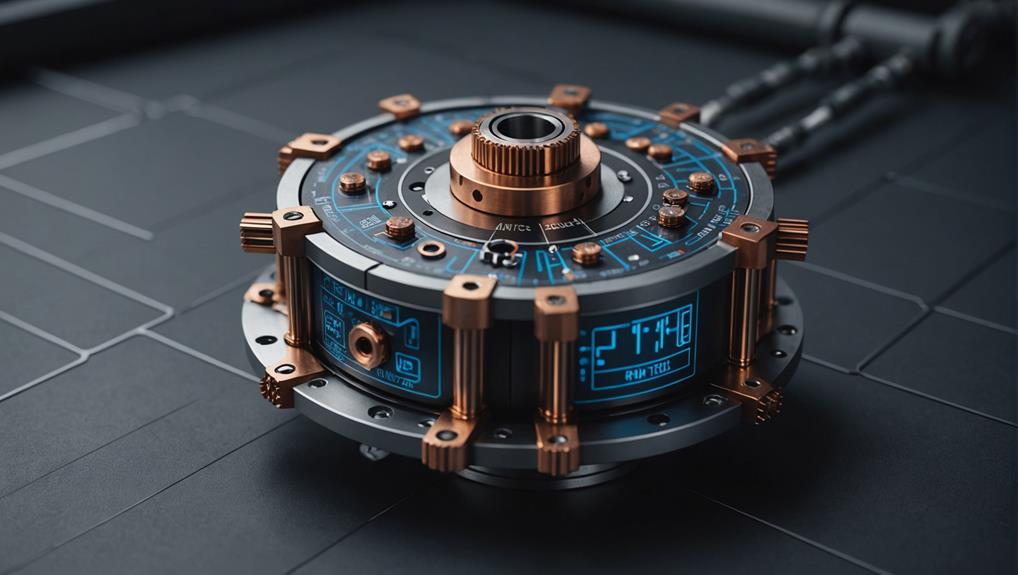
Navigating the complexities of torque measurement requires a deep understanding of the underlying principles and mechanisms to ensure accurate results.

Precise control and optimization of engine performance await, but only for those who unlock the secrets of dynamometer-driven data analysis.

Gaining insight into the differences between inertia and brake dynamometers is crucial for ensuring accurate testing results in various industries.
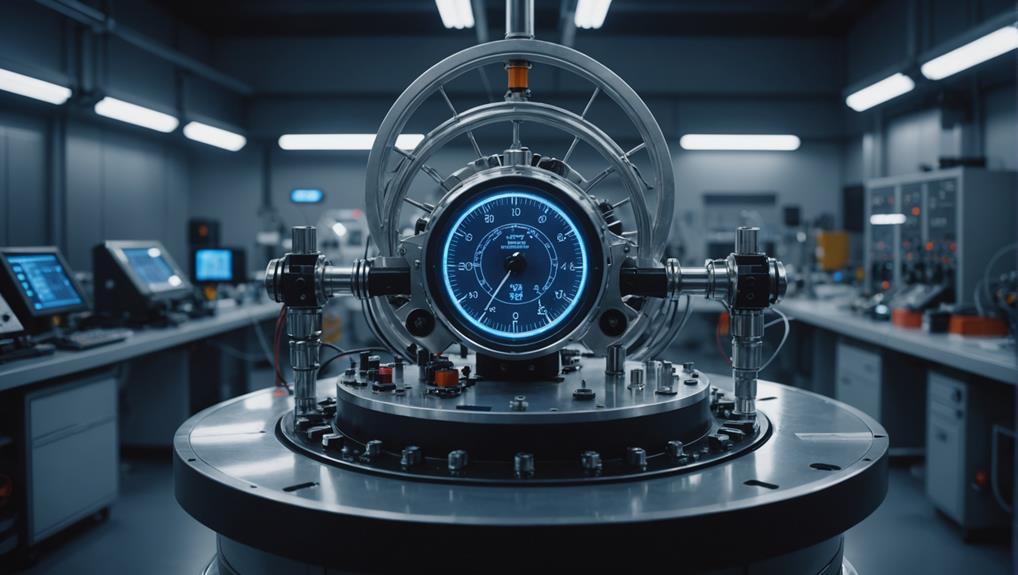
Tapping into the precise measurement capabilities of dynamometers, uncover the secrets to optimizing fuel efficiency and slashing emissions in the automotive industry.

Witness the importance of rigorous safety protocols and best practices in dynamometer testing to avoid catastrophic failures and ensure accurate results.
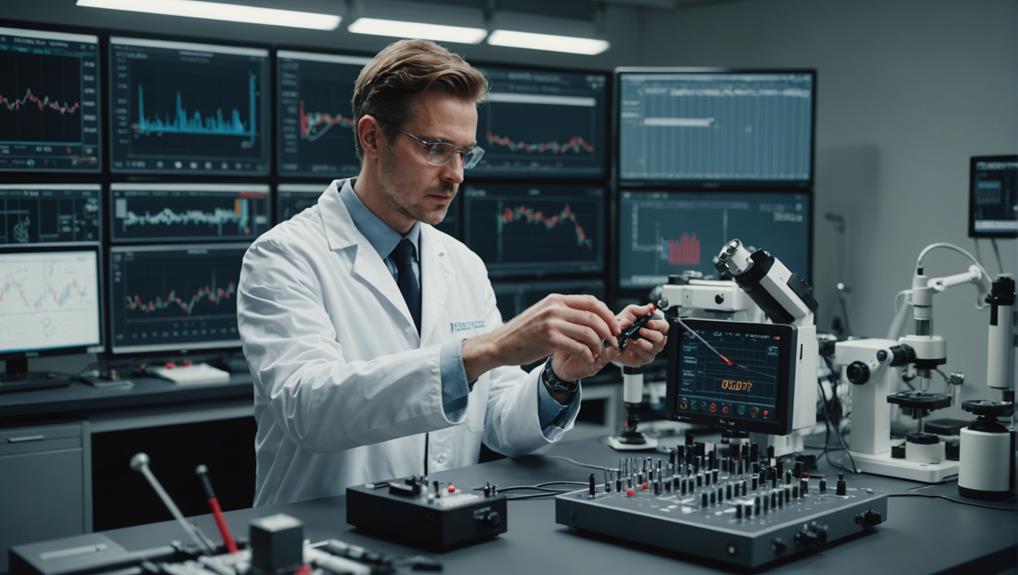
Harnessing the nuances of precision measurement is crucial to avoiding costly errors in dynamometer testing, but what are the key factors to consider?

Witness the transformative power of dynamometers in unlocking your vehicle’s hidden performance potential, but only if you know how to harness their precision.
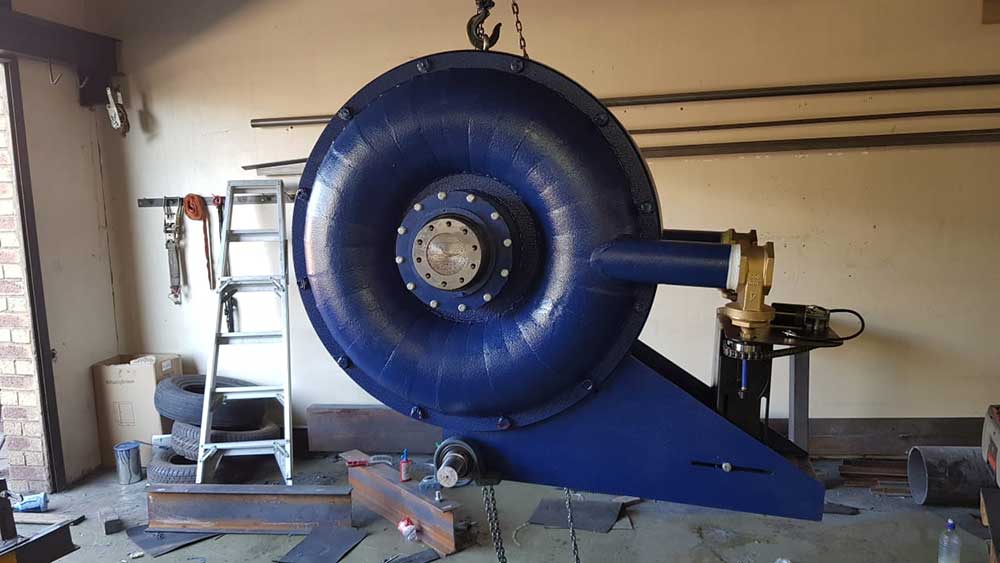


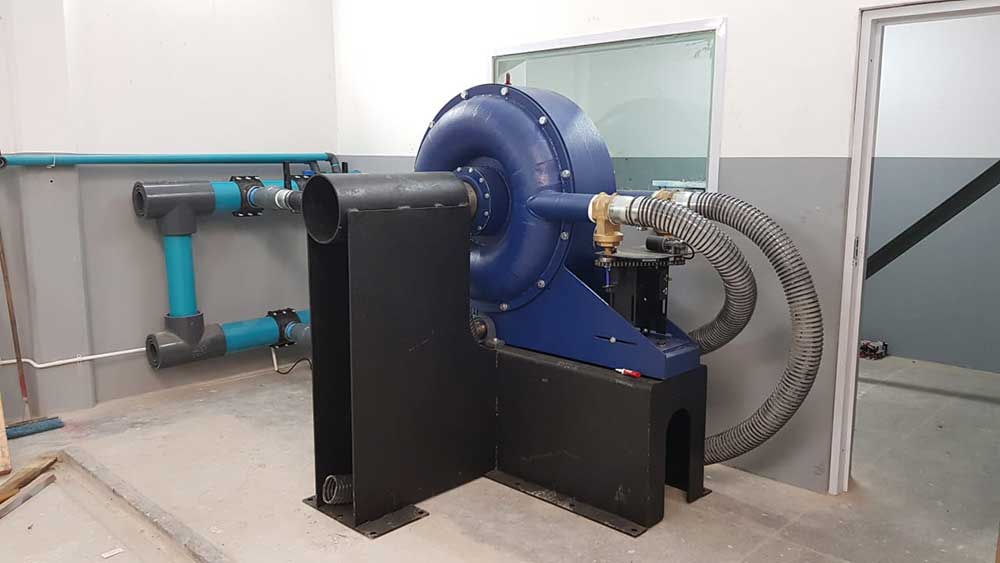

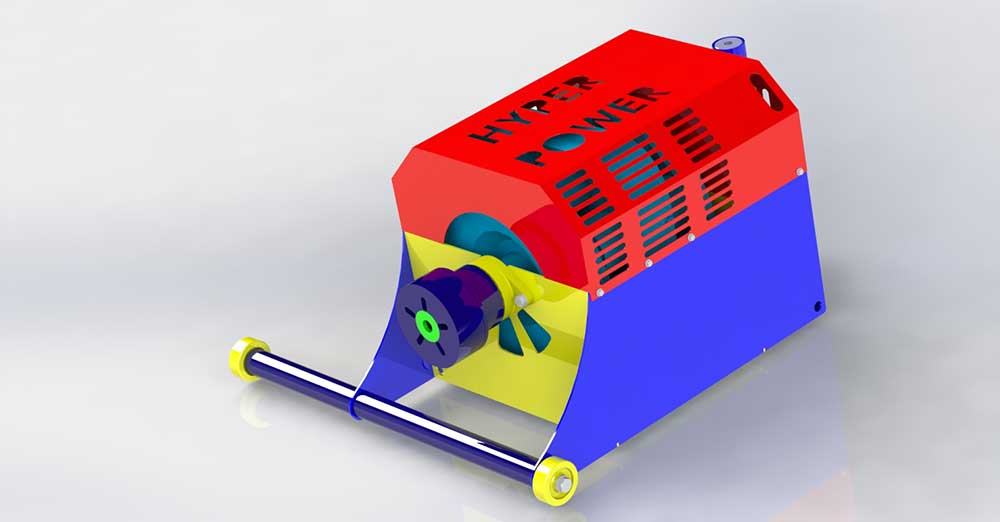
Hyper Power, the leading name in dynamometer solutions, offers unparalleled precision and reliability for all your performance testing needs.